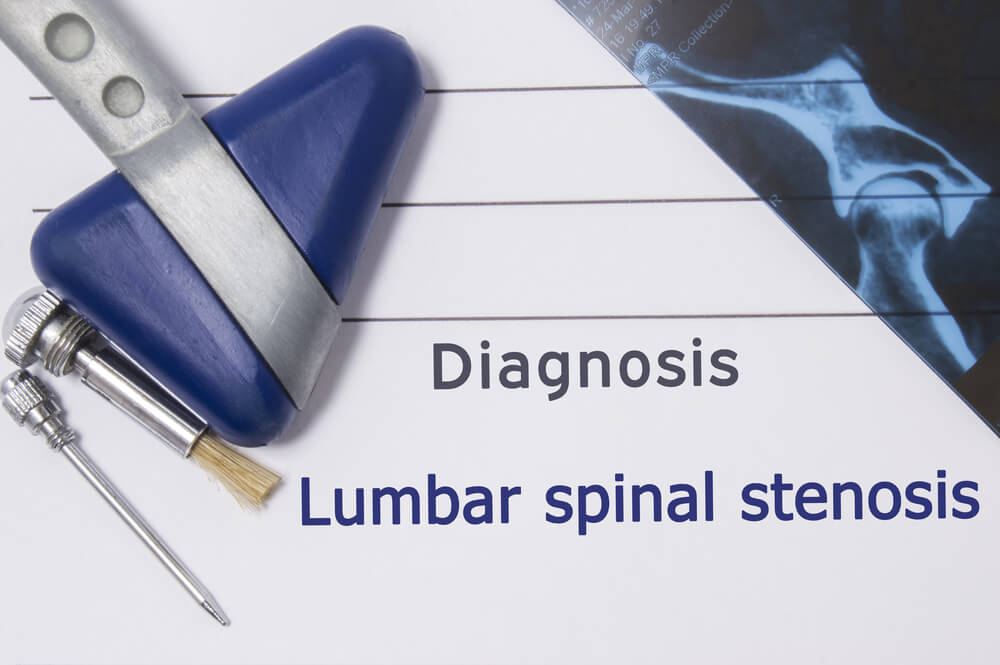Lumbar Stenosis is the narrowing of the spinal canal in the lower back area. It is also the most common type of spinal stenosis
As the human body grows older, the spine goes through a common wear-and-tear effect, wherein necessarily, we “wear out” due to use. There are progressive damage and deterioration to the body systems that will break down with use over time.
This wear-and-tear effect caused by aging leads to a condition called Spinal Stenosis, where the space (spinal canal) around the spinal cord narrows, which puts pressure on the nerves that travel through the spinal cord (stenosis).
Arthritis is the most widespread cause of Lumbar Stenosis across the general population. This refers to the gradual wear and tear of the joints over time.
Around the age of 50 years old, changes in the body mostly begin in most people. Adults 60 years old and above are at risk for this condition.
Besides arthritis, Lumbar stenosis can also be caused by:
- Spinal injury
- Spinal tumors
- Certain diseases to the bone
This condition is equally common in males and females, but females pose a higher risk.


